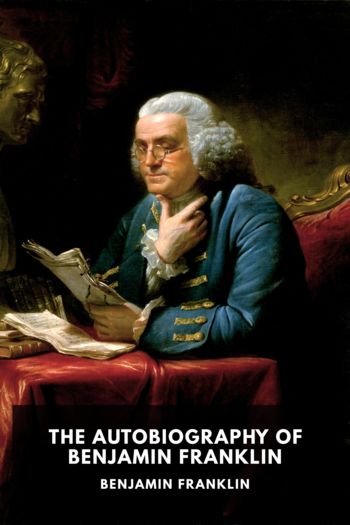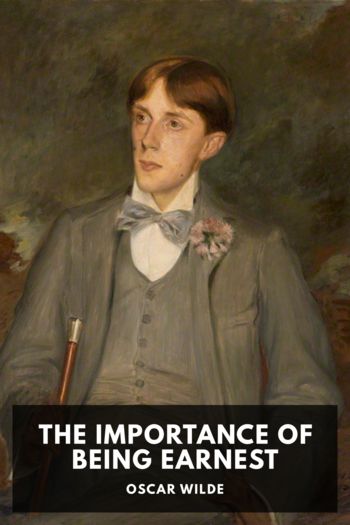Living History, Unknown [books to read in your 20s female TXT] 📗

- Author: Unknown
Book online «Living History, Unknown [books to read in your 20s female TXT] 📗». Author Unknown
Four months earlier, in December 1993, Republican strategist and writer William Kristol, a Chief of Staff to former Vice President Dan Quayle and Chairman of the Project for the Republican Future, had sent a memorandum to Republican congressional leaders urging them to kill health care reform. The plan, he wrote in the memo, is a “serious political threat to the Republican party,” and its demise would be “a monumental setback for the President.” He wasn’t objecting to the plan on its merits; he was applying partisan political logic. He instructed Republicans not to negotiate on the bill or to compromise.
The only good strategy, according to Kristol, was to kill the plan outright. The memo didn’t mention the millions of Americans without insurance.
In line with the Kristol memo, Jack Kemp and former Reagan Cabinet member William Bennett helped the GOP with targeted radio and television advertising against health care reform. In cities or towns I visited to promote the plan, the airwaves in the region would be flooded with ads critical of reform.
Kristol’s memo to the Republican congressional leaders had the desired effect. With the 1994 midterm elections looming in November, moderate Republicans in Congress who were committed to reform began to distance themselves from the administration’s plan. Senator Dole was genuinely interested in health care reform but wanted to run for President in 1996. He couldn’t hand incumbent Bill Clinton any more legislative victories, particularly after Bill’s successes on the budget, the Brady bill and NAFT’A. We had offered to work with Senator Dole on a joint bill and, by extension, to jointly share the credit if it passed. The Senator had suggested that we present our bill first and then work out a compromise. It never happened. Kristol’s strategy was taking hold.
With every step forward, we seemed to take two steps back. Two important business groups―the Chamber of Commerce and the National Association of Manufacturers―
had told Ira in mid-1993 they could live with one key component of the bill, the employer mandate, which would require businesses with more than fifty employees to offer health insurance to their workforces. These business groups knew that most large employers already provided health insurance and concluded that the mandate would eliminate free riders who did not. By the end of March 1994, however, when a subcommittee of the House Ways and Means Committee voted 6-5 for the employer mandate, these two groups, pressured by Republicans and reform opponents, had flipped their positions.
The mandate was clearly controversial, and Bill began making concessions and compromises with Congress. Although he had threatened to veto any legislation that didn’t include universal coverage, he indicated that he could support something less. This was part of the natural give-and-take expected during legislative bargaining, and it opened the way for the Senate to consider a proposal, sponsored by members of the Finance Committee under Senator Moynihan, to cover 95 percent of all Americans instead of 100 percent. Even that concession didn’t produce significantly more allies. In fact, we lost support among some hard-liners who felt that by agreeing to anything less than 100
percent, we were deserting the cause.
In the spring, Dan Rostenkowski was indicted on seventeen counts of conspiring to defraud the government. We lost a key ally in the House as he eventually resigned and was convicted. This followed the disappointing news that Senate Majority Leader George Mitchell had decided not to run for reelection, which meant that the most powerful Democrat in the Senate and the champion of our bill was now, in effect, a lame duck.
We also found out that health care reform represented a steep learning curve for more than a few members of Congress. Given the volume of bills they are expected to vote on, most members focus on legislation related to their committee assignments and don’t have time to learn the intricacies of every issue before the House or Senate. But I was surprised to encounter more than one Congressman who didn’t know the difference between Medicare and Medicaid, both federally funded health insurance programs. Others had no idea what kind of health insurance coverage they received from the government. Newt Gingrich, who in 1995 would become Republican Speaker of the House, contended during an appearance on Meet the Press in 1994 that he didn’t have government health insurance but bought it from Blue Cross-Blue Shield. In fact, his policy was one of many offered to federal employees through the Federal Employees Health Benefits Plan. And the government covered 75 percent of the $400 monthly bill for Gingrich and other members of Congress.
This knowledge gap became apparent to me at a meeting I had in the Capitol one day with a group of Senators. Invited to answer questions about the Administration’s plan, I had distributed a briefing book summarizing what we proposed. Senator Ted Kennedy, one of the true experts on health care and many other issues in the Senate, was leaning back on two legs of his chair as he listened to question after question posed by his colleagues.
Finally, the front legs of his chair struck the floor and he barked out: “If you would just look on page thirty-four of the briefing material you’ll find the answer to that question.” He knew every detail―including page numbers―off the top of his head.
Even some of our allies in the advocacy community created problems. One of the most important organizations in the reform campaign was the American Association of Retired Persons, or AARE The powerful senior citizens’ lobby group began running its own ads





Comments (0)